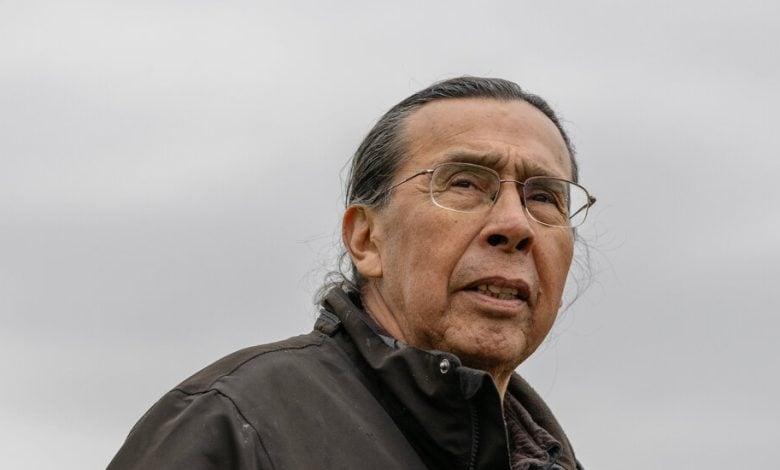Why a Native American Nation Is Challenging the U.S. Over a 1794 Treaty

Four or five years ago, Sidney Hill’s young son came to him with a question that Mr. Hill didn’t know how to answer.
The boy had learned that day about the millions of acres of land that his people, the Onondaga, had once called home, and the way that their homeland had been taken parcel by parcel by the State of New York, until all that was left was 11 square miles south of Syracuse.
“We lost all this land,” Mr. Hill recalled his son saying. “How can that be?”
In many ways, Mr. Hill was the best person to answer that question. As Tadodaho, the spiritual leader of the Onondaga Nation, he was responsible for protecting its legacy and guiding it into the future. He was one of a handful of elders who have worked for decades on a legal and diplomatic strategy to fight back against the historic wrongs his son now sought to understand.
Even so, it caught him off balance.
The younger generation needed to know, he said. “But it doesn’t make much sense to them.”
Mr. Hill tried to reassure his son that all that injustice was in the past.
But he knew how hard it was to accept past wrongs, particularly when their consequences so informed the present. It was why he had spent so long pushing — first Onondaga elders, then the United States justice system and, finally, an international human rights commission — for a correction to that history.
